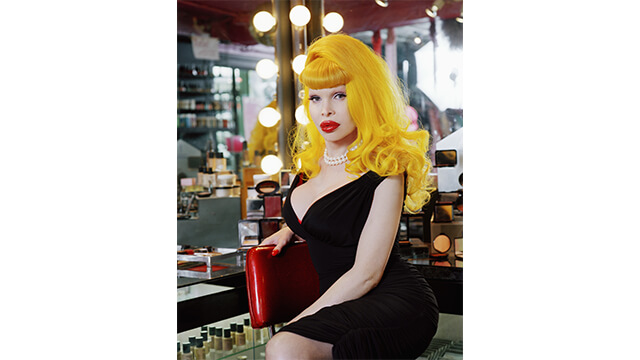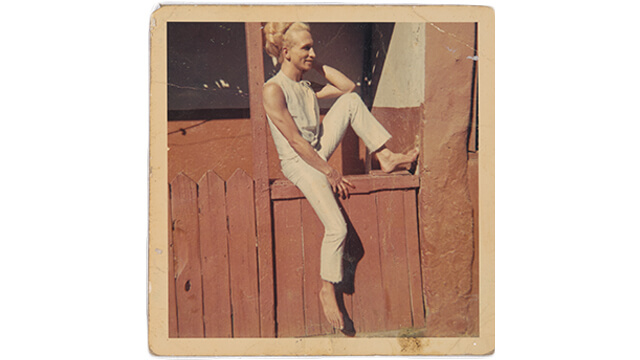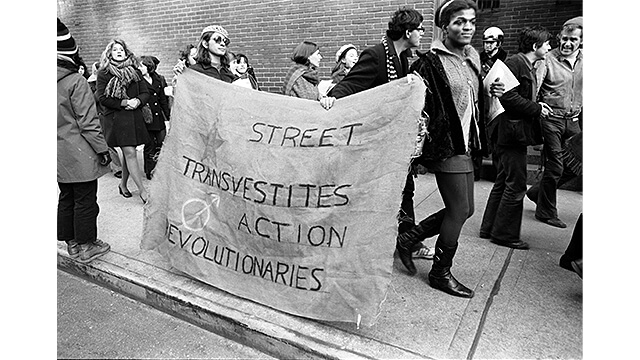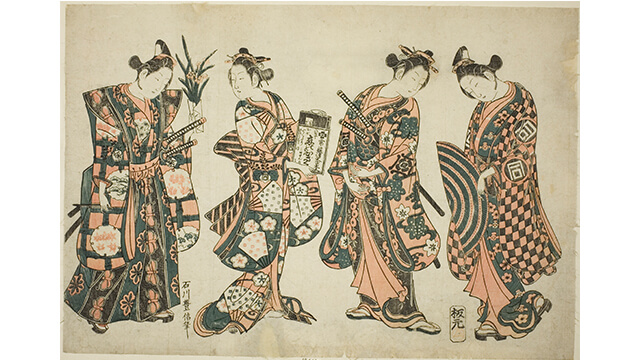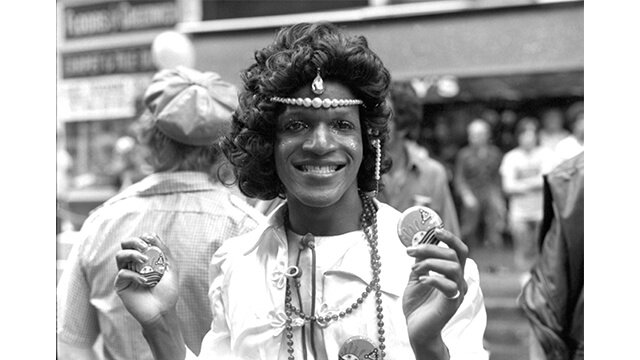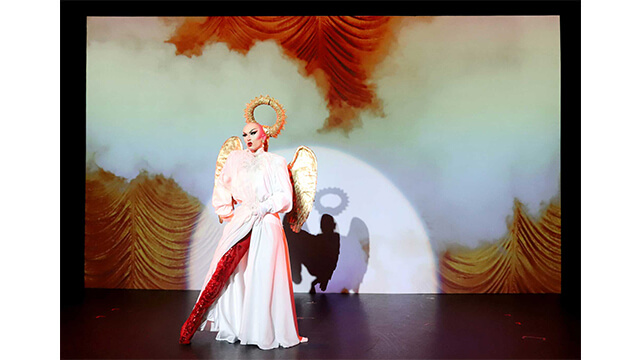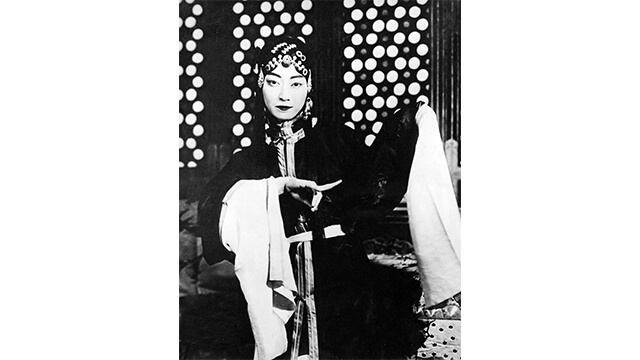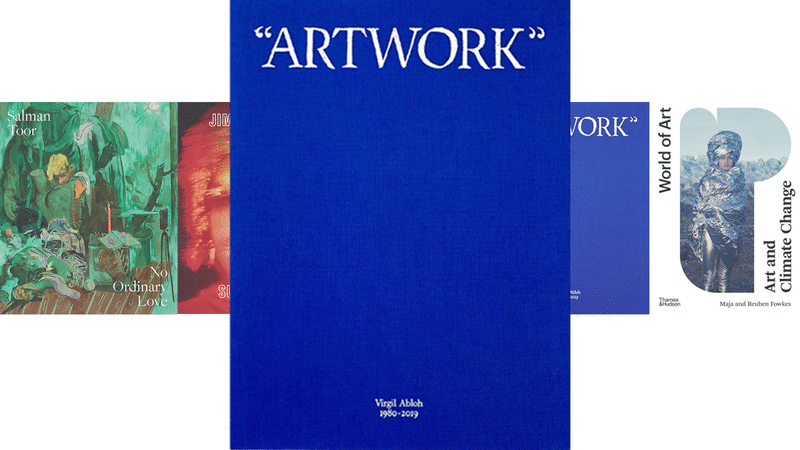Sasha Velour Shares 9 Things You Might Not Know About The Art Of Drag
More than a decade ago, RuPaul’s Drag Race aired its first episode, taking viewers behind the scenes of the drag world and giving a massive stage to some of its most singular performers. But this show is just the tip of the iceberg when it comes to drag representation, and its stories and spotlights are necessarily trimmed and dimmed to fit its TV-friendly confines. Many viewers, newly initiated to drag, might even be left hungry for more.
Fortunately, Drag Race superstar Sasha Velour – a groundbreaking queen with a deep knowledge of the artform’s history, whose own drag artistry has elevated the medium to dazzling new heights – is here to take us on a drag journey beyond what we might already know.
1. Many of the world’s most famous drag performers are women – it’s not just ‘gay men’ (although we are excellent at it)!
Whether as drag kings, drag queens or non-binary queer performance artistes, women have made and continue to make some of the most important contributions to our art. Peppermint toured worldwide with her live-singing pop diva act well before appearing as the first out trans contestant on Drag Race. Landon Cider, known for his beyond-masculine drag king illusions, garnered an international fanbase after appearing on the Boulet Brothers’ Dragula. Some other standout women in the artform include Kitten N’ Lou, a real-life-couple (both true lesbian icons) who tour the world with their drag burlesque performances; Sasha Colby, every drag queen’s favourite drag queen (who has performed in my show NightGowns); and Amanda Lepore, a New York legend who has reshaped the image of the ‘perfect woman’. The impact of women on drag goes way back, including Stormé Delarverie, a jazz singer, drag show host and gay bar bouncer who is believed to have started the Stonewall uprising in the 1960s!
2. Drag was hugely successful worldwide long before Drag Race
Kewpie, a drag queen also known as Cappuccine, hosted the most popular drag shows (AKA ‘moffie’ concerts) in Cape Town, South Africa under apartheid in the ’50s and ’60s. During the day, she ran a hair salon in the city’s District 6; at night, her shows became a beacon of queer life for people of colour. Akihiro Miwa became famous in 1957 for her bawdy song Me Que Me Que, then started hosting and starring in a monthly drag show called World Of Akihiro Miwa in Shibuya, Tokyo, which ran until the 2000s. Even in Moscow, Russian drag shows such as the one at Central Station nightclub (Tsentralnaya Stantsya) date back long before the internet and continue today – despite violence and state restrictions.
3. Trans activism remains a vital part of drag
Activists have long organised drag shows to raise money for those in need. In New York in the ’50s, Lee Brewster threw private drag pageants for the Mattachine Society (among America’s first gay activist groups) until the organisation stopped the shows due to transphobia within its ranks. Brewster broke off, opened a wig boutique, and in the ’70s fought for housing and legal rights for queer and trans people alongside trans activists Marsha P. Johnson and Sylvia Rivera (who called themselves drag queens) as part of the activist organisation Street Transvestite Action Revolutionaries. In Paris, trans drag cabaret star Coccinelle founded an organisation called Devenir Femme in 1994 to help other trans people find practical support. In the US, drag pageants such as the Imperial Court System and Miss Continental have provided space and resources for the entire queer community for many decades.
4. There is substantial financial insecurity and inequality in the world of drag
In most venues (although not at my shows) performers make differing amounts of money for the same work. Many artists feel they need to appear on Drag Race to be paid living wages for full-time work. Unfortunately, appearing on TV is no guarantee of success or security. Even auditioning for the show – not to mention preparing to compete – costs a lot of money and can put artists tens of thousands of dollars in debt.
5. Drag isn’t modern – it goes back centuries
Around the world, theatre performances began as part of spiritual and religious traditions. In Medieval Europe, religious carnivals were a space for people of all genders to switch clothes and put on shows. It’s a common misconception that drag was created out of necessity when women were banned from theatre performances, but it’s quite the opposite: so-called moralistic societies didn’t want women to take part in theatre because of all the drag. In Japan around 1603, a temple dancer and drag king named Okuni was the first to create the art form called Kabuki, filled with queer singing and dancing. But less than a century later, women were restricted from taking part in it altogether due to ‘moral concerns’.
6. People have been arrested (and even killed) for doing drag
Drag performers often have to triumph over intersecting oppressions, creating safety, joy and beauty where it’s needed most. One of the first documented cases of drag performers being arrested was that of Stella and Fanny, a queer couple in Victorian London who frequented ‘Molly houses’ (queer safe spaces) in dresses and faced a massive criminal court case for ‘conspiracy to commit sodomy’ (they were acquitted). In America, we’ve only just learned the story of William Dorsey Swann, who called herself “the queen of drag” and threw lavish balls for queer people of colour in Washington DC in the early 1900s. For this, she was sentenced to 10 months in prison on the false charge of “keeping a disorderly house” – a euphemism for running a brothel. Swann wrote to President Grover Cleveland requesting a pardon, becoming the first documented person to protest criminalisation of queer people. (The pardon was denied.) Many stories from our past are laced with tragedy. Marsha P. Johnson, one of New York City’s greatest drag and trans activists was found murdered in 1992; her death is still unsolved.
7. Lip-syncing is actually a modern technological drag innovation
The first lip-syncing drag performers were called ‘record acts’ and began in working class bars with jukeboxes in the 1960s. Some professional ‘female impersonators’ at the time were quite judgmental towards these new performers and were likely threatened by the influx of new talent. But lip-syncing opened up the profession to people who weren’t trained singers, strengthening drag’s artistry. This is a strong reminder that ‘good art’ is never about the perfection of a single detail, but the power of the overall effect. It also speaks to the history of drag using new technology in accessible and creative ways. This continues to play a role, with experiments using video projection (like in my show, Smoke & Mirrors) and digital streaming drag, necessitated by the pandemic.
8. The ‘reveal’ has been around for hundreds of years
One of the first drag artists to tour the world was an Irish performer named Du-val, who travelled England, Africa and India in the mid 1800s with a show that involved quick-change reveals between characters of different genders – a washerwoman, a glamorous debutante, a rude aristocrat, a bumbling professor. In the 1920s, a Texas-born aerial performer named Barbette delighted audiences in Paris with a trapeze act in which they would switch between masculine and feminine affectations just by removing a wig. Mei Lanfang, the most famous star of Chinese Opera in the ’20s and ’30s, was known for fantasy costumes with giant headdresses, long sleeves and ornate cloaks, which she would remove before acting out stunts including catching a wine glass on her foot – all while singing in falsetto!
9. Drag cares more about what you do than who you are – or what you look like
Drag’s most important message is that it doesn’t matter where you come from or what you’ve been through: you can define your own life and destiny through your imagination, your actions and art, and how you treat people. At its best, drag is a space that resists discrimination by placing an intrinsically queer emphasis on every person’s potential for transformation and in-betweenness.
Sasha Velour’s Essential Drag Recommendations
- The YouTube Video – Faces Of Drag (2021)
- The Documentary – The Queen (1968)
- The TV Series – We’re Here (2020)
- The Magazine – Velour: The Drag Magazine issues 1-3
- The Nightclub – The Lemon Lab in Santiago, Chile


